The start of construction of Australia’s largest utility scale solar project has demonstrated that the country is serious about large-scale solar. However it throws up an uncomfortable truth in the halls of power in Canberra and the cabinet rooms of their state counterparts.
News that construction had started on the country’s largest utility scale solar power project at Nyngan, in country NSW was a breakthrough not just for the local community, but for the country’s solar power sector. The US-based First Solar, which is one of the world’s leaders in supplying thin film solar panels, began the building of the mammoth (for Australia) solar power plant in January. [Read more…]

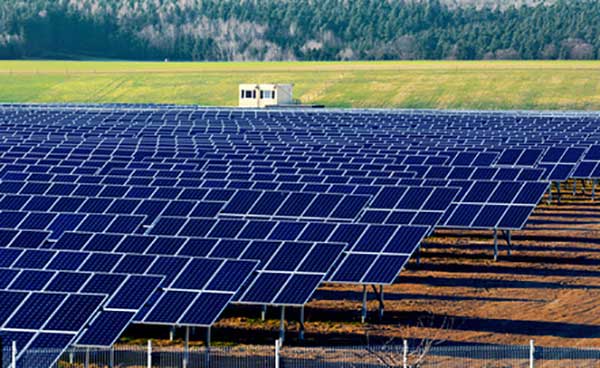
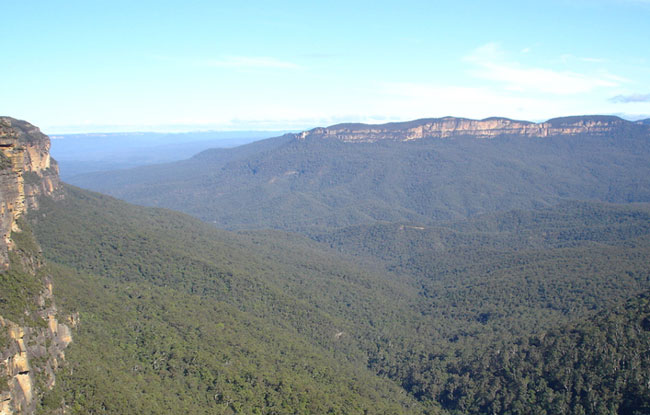


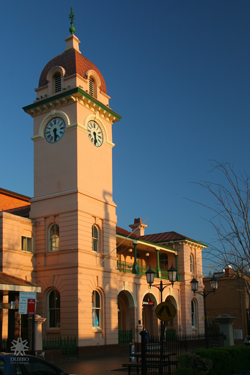
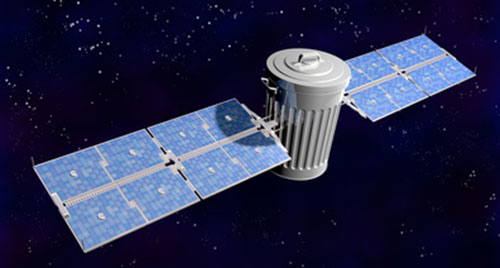

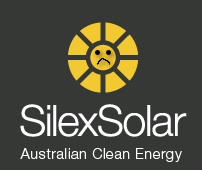
 RSS - Posts
RSS - Posts



Currently Raging Debates: